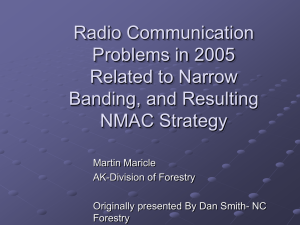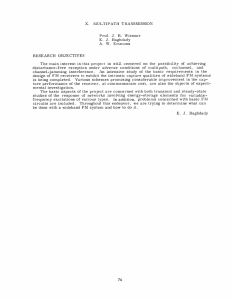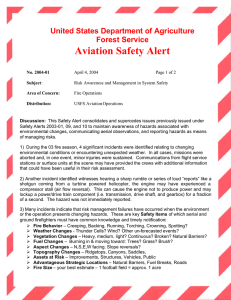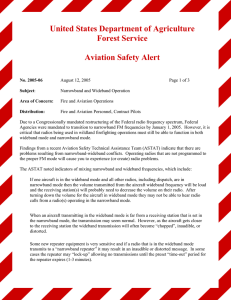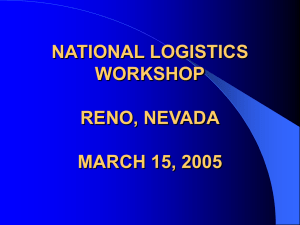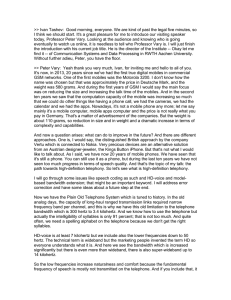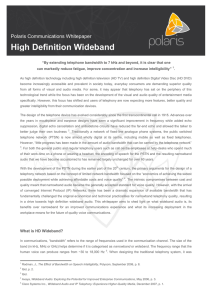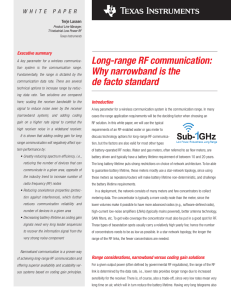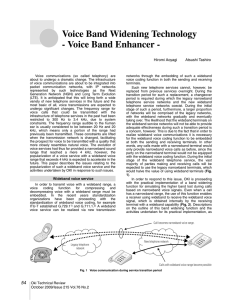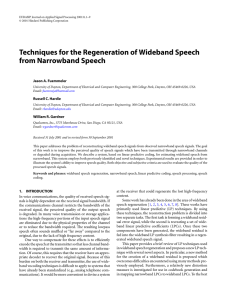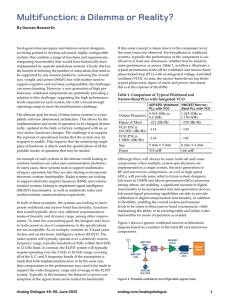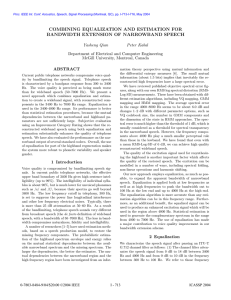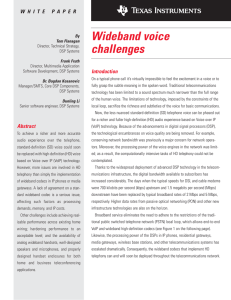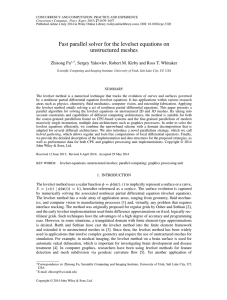United States Department of Agriculture Forest Service Aviation Safety Alert
advertisement
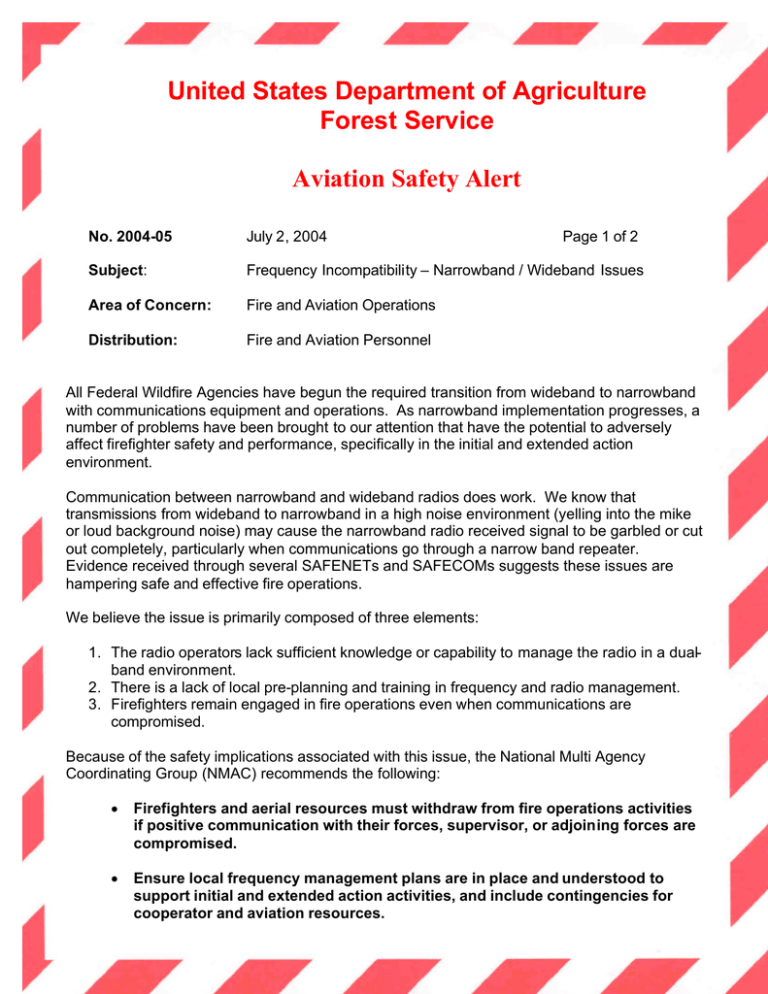
United States Department of Agriculture Forest Service Aviation Safety Alert No. 2004-05 July 2, 2004 Page 1 of 2 Subject: Frequency Incompatibility – Narrowband / Wideband Issues Area of Concern: Fire and Aviation Operations Distribution: Fire and Aviation Personnel All Federal Wildfire Agencies have begun the required transition from wideband to narrowband with communications equipment and operations. As narrowband implementation progresses, a number of problems have been brought to our attention that have the potential to adversely affect firefighter safety and performance, specifically in the initial and extended action environment. Communication between narrowband and wideband radios does work. We know that transmissions from wideband to narrowband in a high noise environment (yelling into the mike or loud background noise) may cause the narrowband radio received signal to be garbled or cut out completely, particularly when communications go through a narrow band repeater. Evidence received through several SAFENETs and SAFECOMs suggests these issues are hampering safe and effective fire operations. We believe the issue is primarily composed of three elements: 1. The radio operators lack sufficient knowledge or capability to manage the radio in a dualband environment. 2. There is a lack of local pre-planning and training in frequency and radio management. 3. Firefighters remain engaged in fire operations even when communications are compromised. Because of the safety implications associated with this issue, the National Multi Agency Coordinating Group (NMAC) recommends the following: • Firefighters and aerial resources must withdraw from fire operations activities if positive communication with their forces, supervisor, or adjoining forces are compromised. • Ensure local frequency management plans are in place and understood to support initial and extended action activities, and include contingencies for cooperator and aviation resources. No. 2004-05 July 2 , 2004 Page 2 of 2 • If communication problems become an issue, the fall back position is to revert to wideband mode. Ensure your firefighters and fireline leadership understand how to make these adjustments. • Report any problems, with specific details, through the SAFENET or SAFECOM reporting systems. The importance of good, positive communications cannot be overstated. Please ensure that all of your firefighters understand the potential for this problem, and what they can do if they encounter it. /s/ Don Artley Chair, NMAC /s/ Ron Hanks National Aviation Safety and Training Manager U.S. Forest Service
